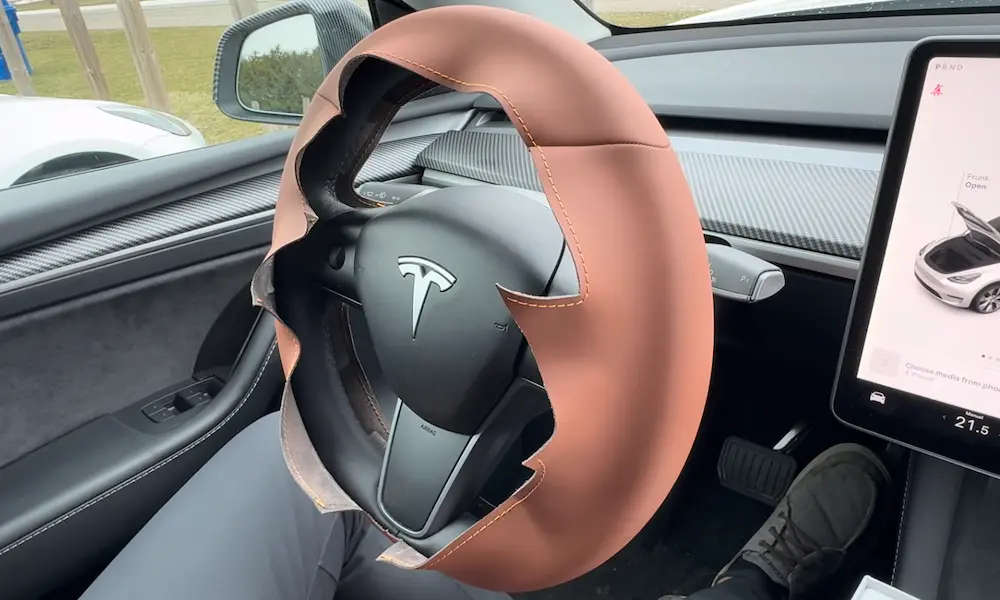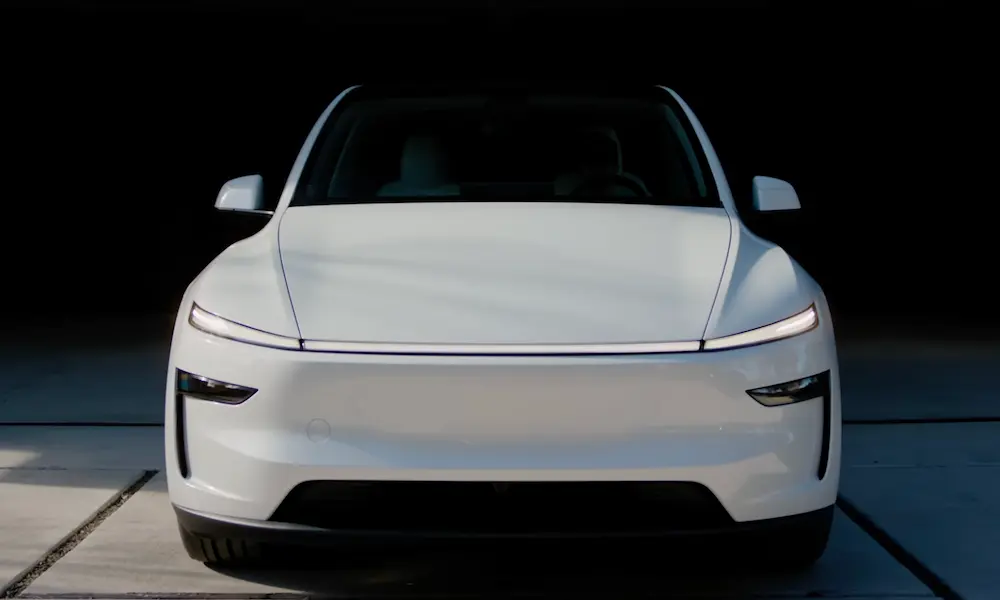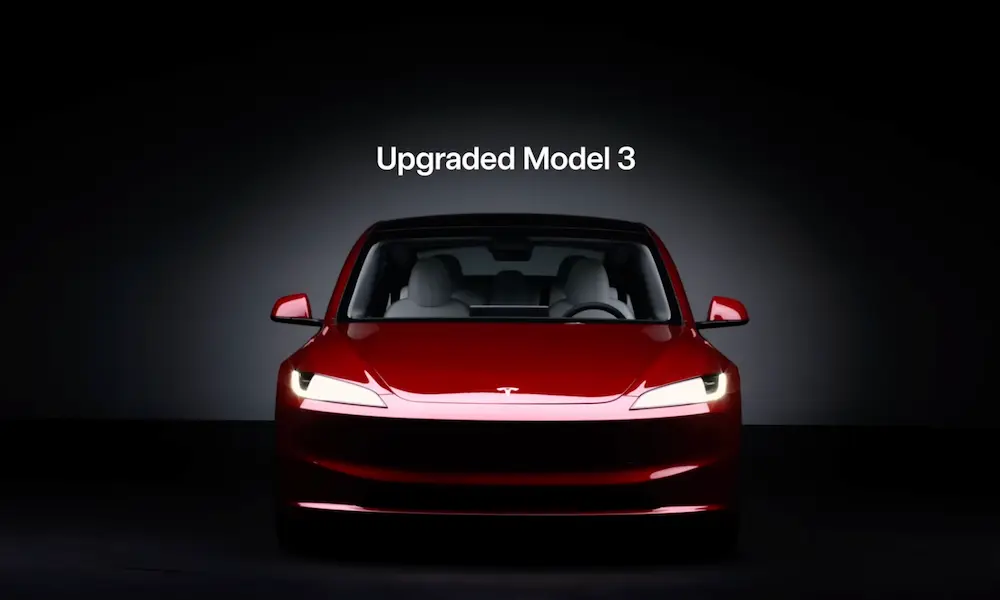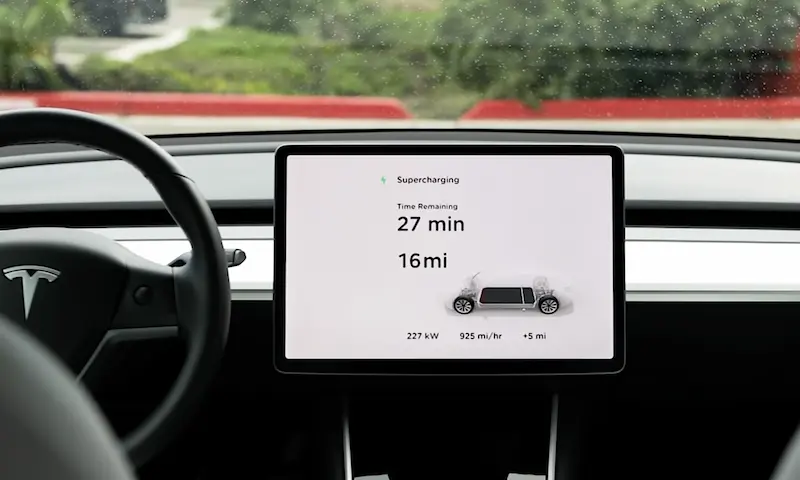Tesla Cruise control feature allows the driver to set the car at a constant speed without using the accelerator pedal as long as no vehicle is detected ahead.
It is a great feature, especially when driving long distances on highways and helps reduce foot fatigue.
However, many Tesla owners have complained of their inability to engage the cruise control feature in their Tesla.
We have compiled a helpful guide on the meaning, causes, symptoms and remedies for the Tesla cruise control unavailable message.
What is the Tesla Cruise control Unavailable Alert?
If you are getting the unavailable Tesla cruise control alert, you cannot use the cruise control feature while driving.
It can become frustrating, especially when you are driving long distances.
The Tesla official website states that the Tesla Autopilot feature, including the Traffic-Aware cruise control features, may, from time to time, become unavailable due to several reasons.
However, the feature should typically restore itself on your next drive.
But there are times when the feature may not restore itself without manual configurations.
It is important to state that you can continue your trip as the cruise control feature does not affect your car’s drivability.
So, why has your cruise control suddenly become unavailable?
Causes and Fix for Tesla Cruise Control Unavailable
Tesla’s owner’s manual states several reasons that may cause the cruise control feature to become suddenly unavailable.
These causes include the following:
1. Reduced front radar visibility
Your Tesla is equipped with a front radar located within its front bumper.
It is possible that prolonged driving has caused debris, mud, snow and other contaminants to cover the surface of the radar.
Tesla advises you to continue your journey as the unavailability of the cruise control will not affect your driving.
However, you can easily fix this cause by thoroughly cleaning the debris covering the sensor/radar.
You can check the owner’s manual if unsure where the radar is.
Also, if the alert persists, there might be more than one cause, and you can proceed to more troubleshooting.
2. Reduced front Camera Visibility
The cruise control feature also relies on the front camera to judge whether a car is ahead of your car.
It helps to prevent collisions.
If there is a car, the camera visibility is unclear, and the car cannot judge whether a car is ahead; the cruise control will not engage.
You can see this as a self-protection and safety feature in your Tesla.
Objects, dirt, environmental conditions, bright sunlight and even mist, may all affect the visibility of your Tesla camera.
Again, Tesla is Ok driving your car as this issue will not affect your car’s drivability manually.
To fix this problem, you need to get rid of the obstruction and condition disrupting the visibility of the camera.
It will involve physically cleaning the particles and debris on the surface of the front camera.
Also, there may be condensation within the camera, in which case you cannot physically clean it.
You can do so by following the listed steps
- Set the air conditioner to high
- Turn on the front windshield defroster
It should dissolve the condensation within the camera.
Once the camera regains visibility, the alert should disappear, and the cruise control feature should become available.
3. Software update
While only speculatory, our experience shows us that some of the common malfunctions within a Tesla are software updates.
Your Tesla is more computerized than mechanical.
And your Tesla is constantly adding new software updates to fix existing bugs within your car.
If your car runs on an older software version, it may be possible to experience challenges using some of its features.
You will most likely get an update alert on your Tesla account on your phone or your Tesla screen.
Download the new update to fix all known bugs and errors.
4. Continue driving to allow camera calibration
After carrying out all the steps listed above, you should take the car for a drive to allow the camera to calibrate
Even after all the fixes, the alert may not clear until the vehicle fully calibrates the cameras.
Before the feature can become available after reset or the first use of the cruise control feature, the camera must self-calibrate.
This process takes anywhere between 20-25 miles traveled.
You may experience situations where only one camera is fully calibrated. It is normal, and the other will become calibrated over time.
You can also follow the calibration progress bar available on your Tesla touchscreen.
Driving on highways with clear road markings allows for faster camera calibration.
How to use the Tesla Cruise control?
To activate the Tesla’s cruise control, you must drive at least 18 mph without a vehicle ahead of you.
You can still use the feature if a vehicle is ahead of you, but there must be at least 3 feet between both vehicles.
Next, set the cruise speed by moving the drive stalk fully down and releasing it. Proceed to set the cruise speed driving limit or your current driving speed limit, whichever is greater.
In addition, you may change the set cruise speed by rolling the right scroll on the steering wheel up to increase the speed or down to reduce the speed.
Slowly scrolling the scroll sets an increment of 1 mph while quickly rolling it at a 5 mph increment.
Final Thought!
Tesla’s cruise control feature is a welcomed innovation across America.
However, we emphasize that our users become aware of self-reliance on this driving feature.
Cruise control is in no way a substitute for human driving.
In addition, this guide should help you resolve the cruise control unavailable error.
However, if the error persists, you may need to visit an authorized Tesla technician for a thorough fix.
Thank you for reading!













